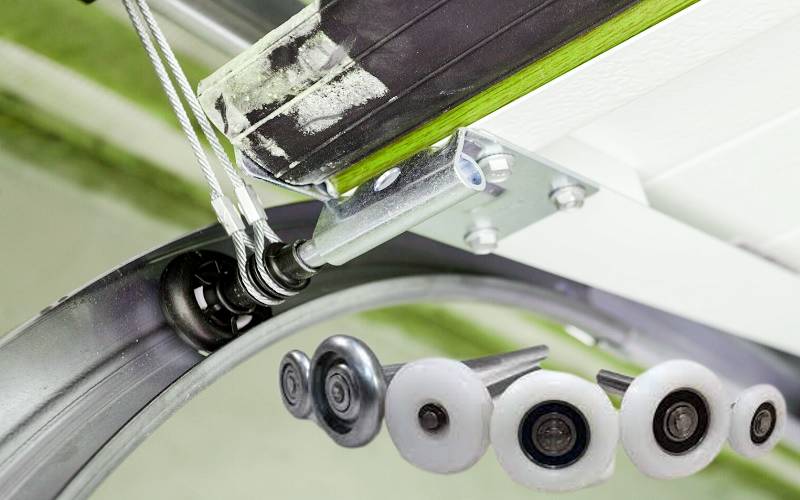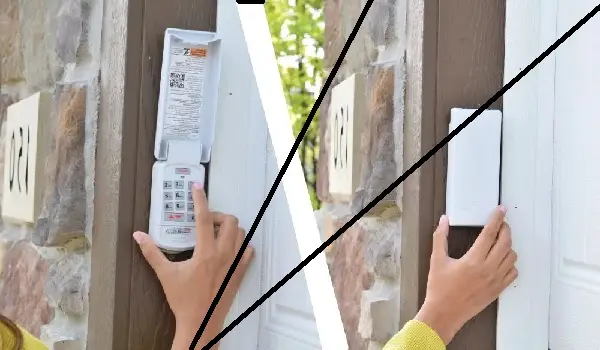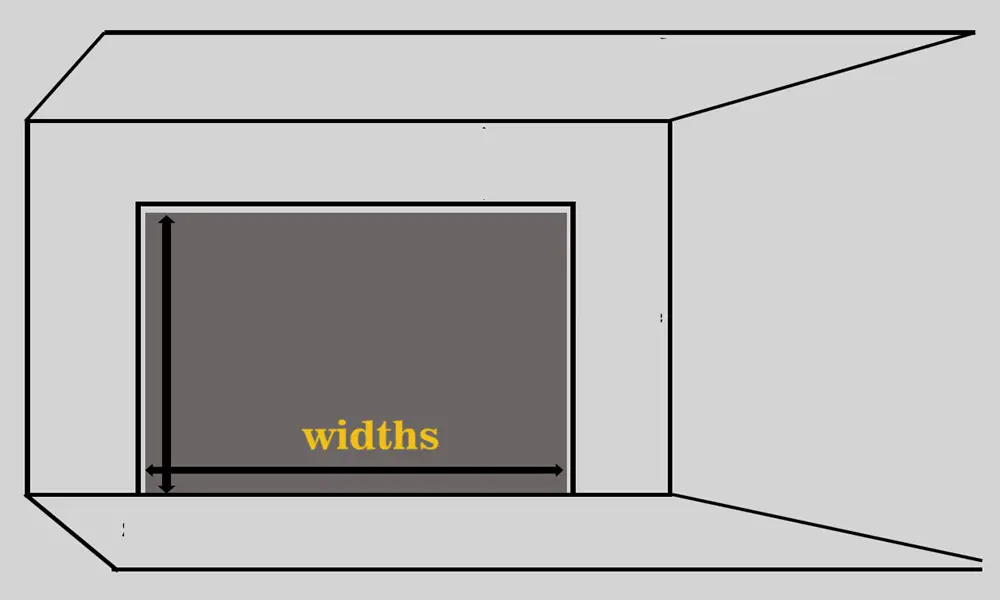Torsion Spring Life Cycle Calculation
Torsion Spring Life Cycle Calculation Torsion springs play a crucial role in the smooth operation of garage doors and various […]
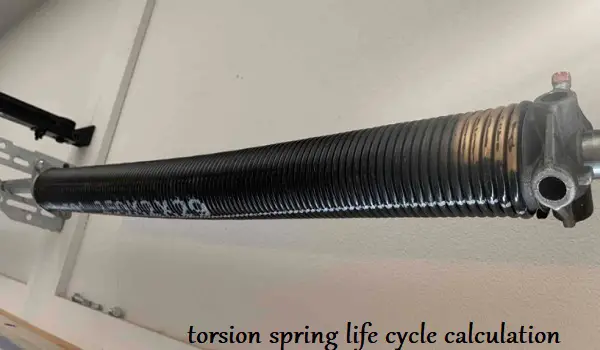
Torsion Spring Life Cycle Calculation
Torsion springs play a crucial role in the smooth operation of garage doors and various mechanical systems.
These springs are designed to absorb and store mechanical energy when twisted and release it when the force is removed, thus enabling the movement of doors and other mechanical components.
In this article, we will delve into the concept of the torsion spring life cycle and explore the factors that influence its longevity.
What is the Torsion Spring Life Cycle?

The life cycle of a torsion spring refers to the total number of cycles it can undergo before reaching its breaking point.
A single cycle is completed when the spring is wound and unwound once. The number of cycles a torsion spring can endure depends on various factors, such as wire diameter, number of coils, spring rate, and operating environment.
Calculating the Torsion Spring Life Cycle
The life cycle of a torsion spring can be determined using a simple formula:
Life cycle (cycles) = (Wire diameter)^2 * Number of coils * Spring rate
For example, if we have a torsion spring with a wire diameter of 1/4 inch, 10 coils, and a spring rate of 200 pounds per inch, its life cycle would be calculated as follows:
Life cycle = (0.25)^2 * 10 * 200 = 10,000 cycles
Read Also: Garage Door Torsion Spring Size Calculator
Factors Affecting Torsion Spring Life Cycle
The longevity of a torsion spring can be influenced by various external and internal factors. Some of the key factors include:
Operating Environment
Torsion springs that operate in clean and dry environments tend to have a longer life cycle compared to those exposed to dirt, dust, or moisture. Regular maintenance and proper lubrication can extend their lifespan.
Amount of Force Applied
The amount of force applied to the torsion spring during its operation can impact its life cycle. Excessive force beyond the spring’s capacity can lead to premature wear and tear.
Frequency of Use
The more frequently a torsion spring is cycled, the faster it will reach its life cycle limit. Commercial settings with high door usage may experience shorter spring lifespans compared to residential environments.
Quality of Materials
High-quality materials used in the manufacturing of torsion springs can contribute to a longer life cycle. Investing in durable springs can save money and prevent potential damage in the long run.
Understanding the Longevity of Torsion Springs
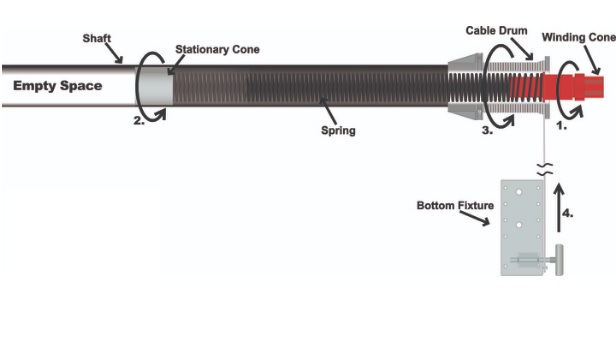
The life cycle of a torsion spring is the number of times it can be cycled before it breaks. The number of cycles a torsion spring can withstand depends on a number of factors, including the wire diameter, the number of coils, the spring rate, and the operating environment.
A standard torsion spring in the garage door industry has a life cycle of 10,000 cycles. This means that the spring can be opened and closed 10,000 times before it is likely to break. There are springs that can withstand more cycles, up to 20,000 or even more.
The average garage door is opened and closed 10-20 times per day, so a standard torsion spring with a life cycle of 10,000 cycles will last for about 5-10 years.
| Number of cycles | Lifespan (years) |
|---|---|
| 5,000 | 7-8 |
| 10,000 | 10-12 |
| 15,000 | 13-15 |
| 20,000 | 16-18 |
Conclusion
Torsion springs are essential components in various mechanical systems, and understanding their life cycle is crucial for ensuring safe and reliable operation.
By considering factors like wire diameter, number of coils, spring rate, and operating environment, one can estimate the life cycle of a torsion spring accurately.
Regular maintenance and timely replacement when needed are essential for maximizing their lifespan and avoiding potential issues.
FAQs
How long can a standard torsion spring last in a residential garage door?
A standard torsion spring with a life cycle of 10,000 cycles can last approximately 5 to 10 years in a residential garage door, depending on the frequency of use.
Can torsion springs be replaced by homeowners themselves?
While some experienced individuals may attempt to replace torsion springs, it is highly recommended to consult a professional garage door repairman for safety reasons and to ensure proper installation.
What happens if a torsion spring breaks during operation?
If a torsion spring breaks during operation, it can cause damage to the garage door and compromise the safety of people and property in its vicinity. Timely inspection and replacement are crucial to avoid such incidents.
Are all torsion springs the same, or do they come in different variants?
Torsion springs come in various configurations to suit different applications. Variations in wire diameter, number of coils, and spring rate allow them to be tailored to specific requirements.
Related article
Common Mistakes to Avoid When Determining Torsion Spring Size
How to Measure Garage Door Torsion Springs
How to Measure Garage Door Track Radius

